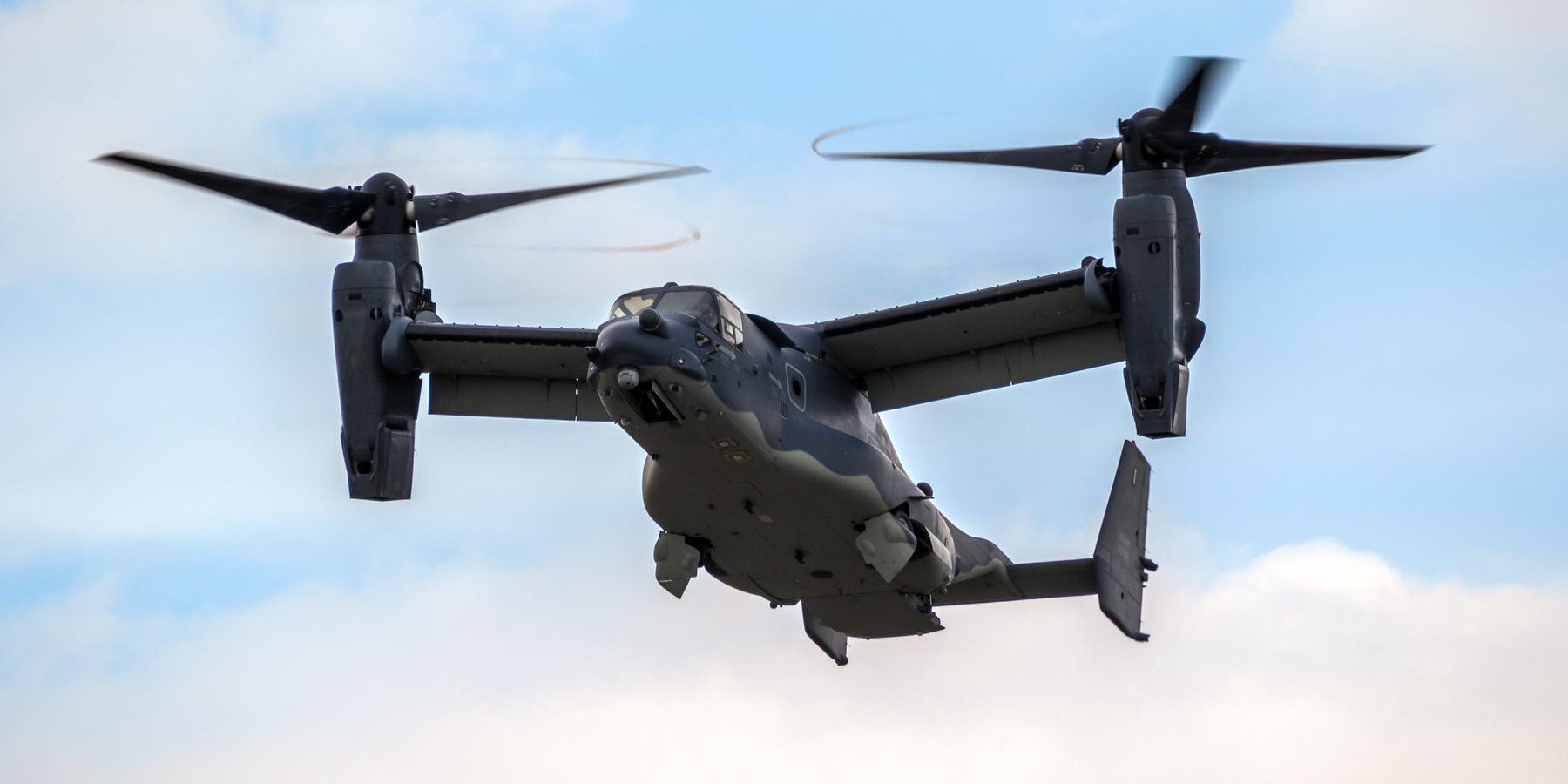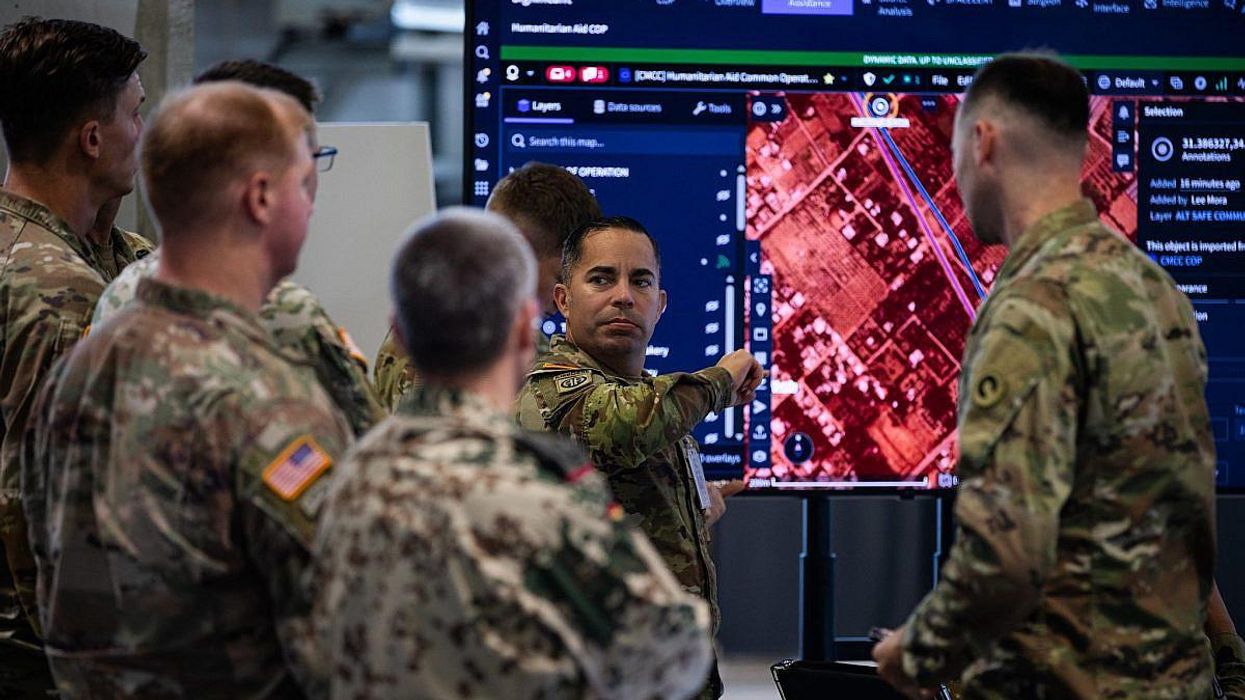Military aviation accidents are spiking, driven by a perfect storm of flawed aircraft, inadequate pilot training, and over-involvement abroad.
As Sen. Elizabeth Warren’s (D- Mass.) office reported this week, the rate of severe accidents per 100,000 flight hours, was a staggering 55% higher than it was in 2020. Her office said mishaps cost the military $9.4 billion, killed 90 service members and DoD civilian employees, and destroyed 89 aircraft between 2020 to 2024. The Air Force lost 47 airmen to “preventable mishaps” in 2024 alone.
The U.S. continues to utilize aircraft with known safety issues or are otherwise prone to accidents, like the V-22 Osprey, whose gearbox and clutch failures can cause crashes. It is currently part of the ongoing military buildup near Venezuela.
Other mishap-prone aircraft include the Apache Helicopter (AH-64), which saw 4.5 times more accidents in 2024 than 2020, and the C-130 military transport aircraft, whose accident rate doubled in that same period. The MH-53E Sea Dragon helicopter was susceptible to crashes throughout its decades-long deployment, but was kept operational until early 2025.
Dan Grazier, director of the Stimson Center’s National Security Reform Program, told RS that the lack of flight crew experience is a problem. “The total number of flight hours U.S. military pilots receive has been abysmal for years. Pilots in all branches simply don't fly often enough to even maintain their flying skills, to say nothing of improving them,” he said.
To Grazier’s point, army pilots fly less these days: a September 2024 Congressional Budget Office (CBO) report found that the average manned aircraft crew flew 198 flight hours in 2023, down from 302 hours flown in 2011.
This is often because aircraft are not ready to fly.
“One of the main reasons behind the lack of flying time, is the simple fact that modern military aircraft are excessively complex machines that don't work as often as the services need them to do,” Grazier told RS. He said that popular aircraft, like the F-35, often are not mission capable. “One of the best things Pentagon officials can do [to address this issue] is to insist on simpler aircraft with high readiness rates as a key performance parameter.”
William Hartung, senior research fellow at the Quincy Institute, stressed Congress’ role in the crisis, where lawmakers often prioritize projects of interest over critical training and operations funds.
Lawmakers “often raid training funds to add weapons to the budget that the Pentagon hadn’t even asked for,” Hartung said. “Congress should make an honest assessment of the cause of the recent spate of accidents before blaming the victims of these terrible tragedies.”
Jennifer Kavanagh, director of military analysis at Defense Priorities, said that U.S. forces are overstretched by entanglements abroad.
“The military is overstretched and doing too much. Constant deployments in the Middle East, Asia, Europe, and now Latin America take a toll on readiness. They throw off training cycles, lead to burn-out and pilot error, and wear down equipment which can cause mechanical and technical issues,” Kavanagh told RS. “The White House and Pentagon should reconsider U.S. global commitments and find ways to reduce overseas deployments and entanglements.”
At the end of the day, some accidents are unavoidable.
“Usually, a U.S. military accident is caused by a ‘perfect storm’ where several things have to go wrong at the same time, or in a cascading chain, for disaster to strike,” Mark Thompson, a long-time military reporter and national security analyst at the Project On Government Oversight, told RS.
"Pumping more money into training, to keep pilots on their toes, and spare parts, to replace them before they break and cause an accident, generally help. But it won’t eliminate [accidents],” he said. “Perfect aviation safety is an illusion, but it is one we should never stop striving to reach.”
Sen. Warren’s office has asked the DoD to provide more information about aviation accidents over 2019 to 2025, and about how the military trains aircrews and maintenance staff.
“In the face of increasing rates of costly and deadly aviation mishaps, it is critical that Congress and DoD take all necessary action to address this problem,” Sen. Warren said.
- Military officials: 'Widowmaker' Osprey will fly with a faulty clutch ›
- Recent string of deadly military crashes is no accident ›
- Why do military planes keep crashing? | Responsible Statecraft ›
















